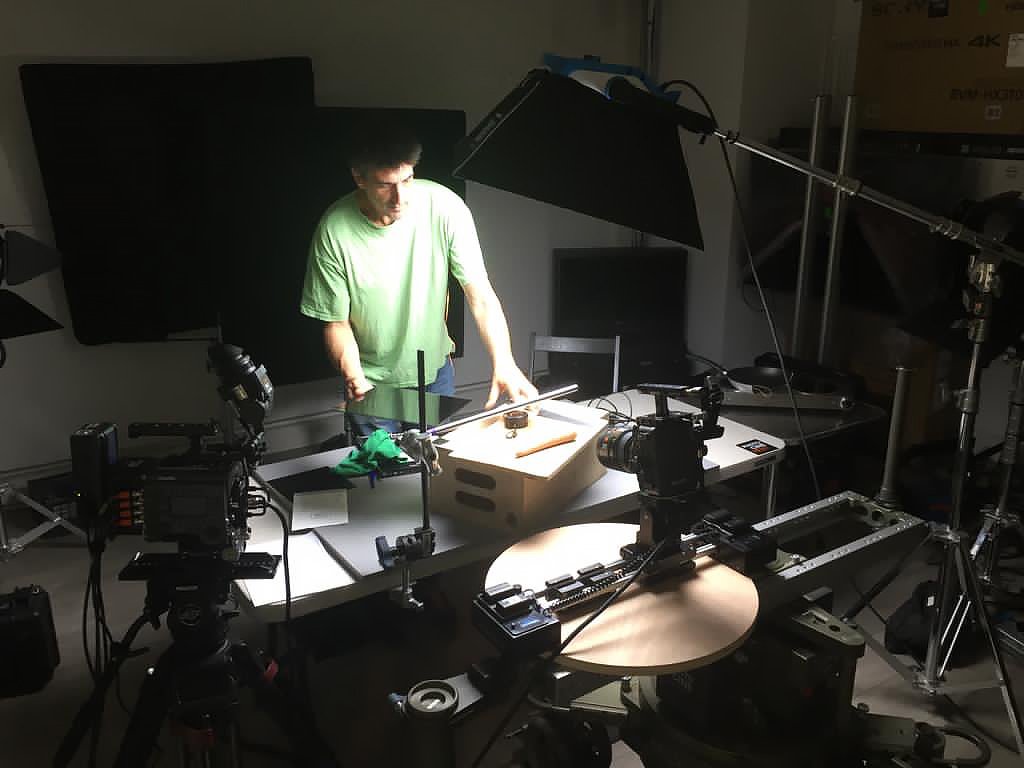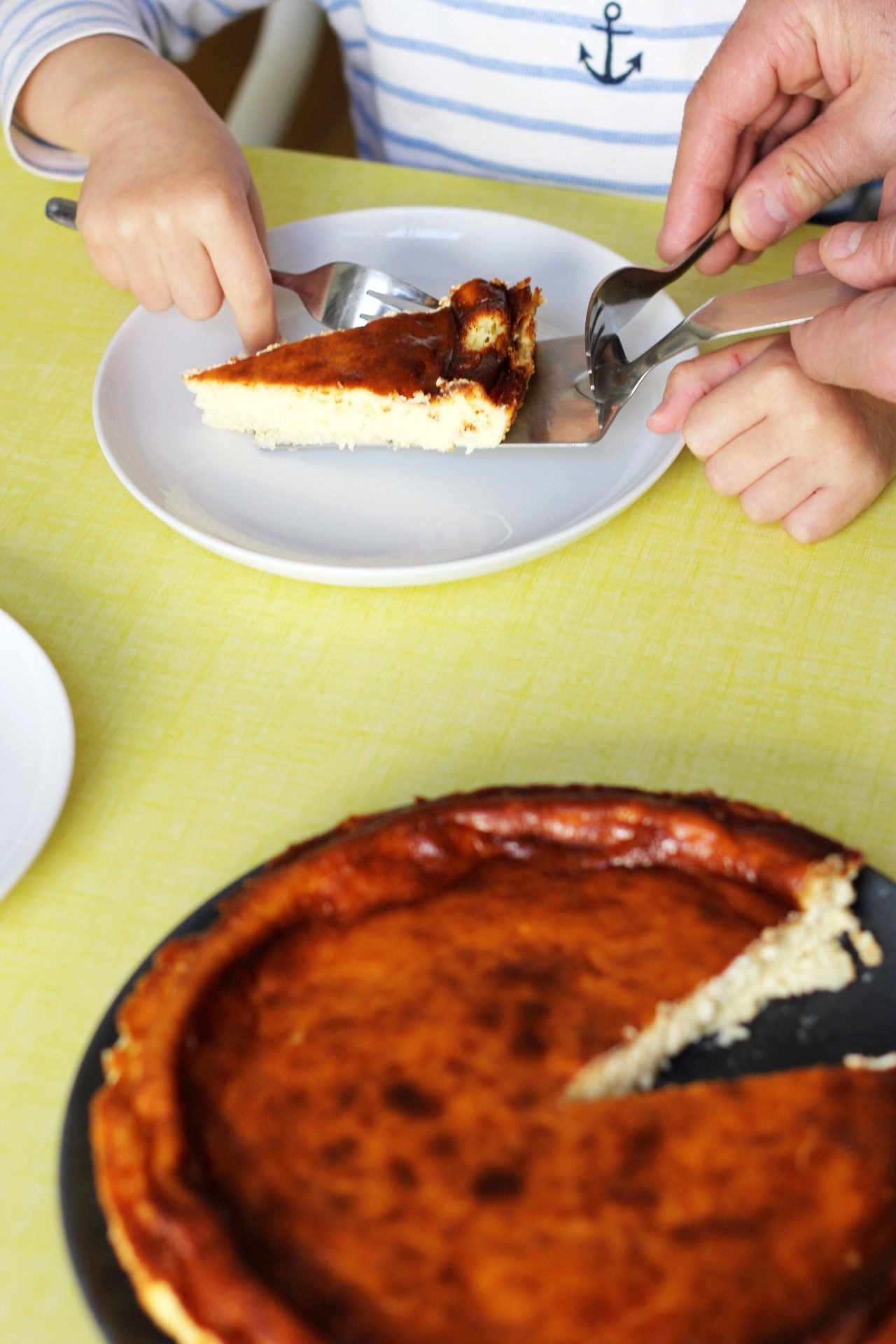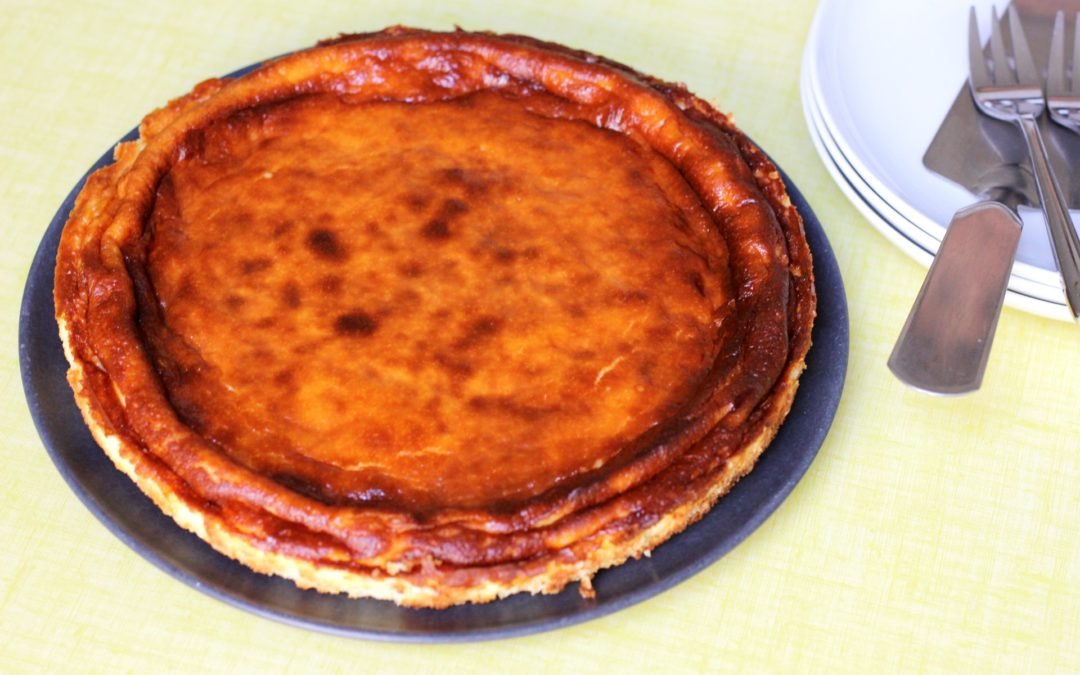The Julia Child Documentary
Milky Way

Heavenly body
Returning food to its place
So how did this cinematographer/director/producer/editor go from contemporary gastronomy and cutting-edge camera angles to traditional French dishes? When I chatted with Nanda a couple of weeks ago, he told me he was hired for the documentary by Julia directors Julie Cohen and Betsy West (well-known for their recent documentary on RBG) precisely for the specific talents he demonstrated in Vía Láctea.
Market shopping in France
When Cohen and West saw those more recent films, which place human beings squarely in the camera’s lens, the directors asked Nanda to accompany them to different areas of France to film their outdoor scenes as well. The scenes that that take place in Mediterranean markets, for example, are full of life, and of the purveyors, customers, and street scenes that make market shopping in France so exciting.
The Street Food Revolution

Basque Burnt Cheesecake
- 3 pounds (600 g) cream cheese, room temperature
- 1 scant cup (180 g) white sugar
- 4 large eggs, room temperature
- 1 level tablespoon of flour or cornstarch
- 1⅓ cups (300 g) heavy whipping cream, very cold
special equipment: a stand mixer with whisk attachment, or hand beaters, but you can also make this using an ordinary whisk; a 9-inch (23.5 cm) springform pan which closes very tightly
- The day before you want to eat this cake, preheat the oven to 400°F (200ºC). In a large bowl, or in the bowl of the stand mixer, beat the cream cheese just until you get a smooth consistency.
- Add the sugar and beat again until well blended. Add the eggs one at a time, beating after each addition.
- Add the flour and beat just until it disappears into the mix. Finally, add the heavy cream, and mix well.
- The mixture will be quite runny, so make sure your springform pan is quite airtight. I placed mine on a baking sheet before pouring in the mix, since I wasn’t sure about leakage. Pour the mixture into the pan and bake it for as little as 40 minutes and as long as 55 minutes, depending on the texture you want to achieve. I wanted a dryish cake, so I left mine for the full 55 minutes. The cheesecake is supposed to get quite brown (hence the “Burnt” in the recipe’s name), but if it looks too dark and is still very jiggly in the middle, you may cover the top with a piece of aluminum foil after about 30 minutes of baking.
- When the cheesecake is done to your liking, leave it in the oven with the door slightly open and let it cool this way for an hour or two. When the cake reaches room temperature, let it rest overnight in the refrigerator.
- To serve, remove the cheesecake from the refrigerator about an hour beforehand. This cheesecake is even better the next day, and keeps well for 3-4 days in the refrigerator. Bon app’!
serves 6





Well this Basque cake looks delicious! It reminds me of a dish from my father’s land, Corsica, called “fiadone” and made from “brocciu”, a sheep’s or goat’s milk cheese. Nanda’s cake looks fine too, please give him my regards!
As for Julia Child, I discovered her recently in “Julie and Julia” screened on the French-German TV channel Arte. Merryl Streep brought her special charm to the character!
Yum, fiadone! I remember eating that in Corsica many years ago, it was delicious. I’m also thrilled that you were introduced to Julia Child by way of Arte. That movie was so much fun to watch! Thanks for commenting.